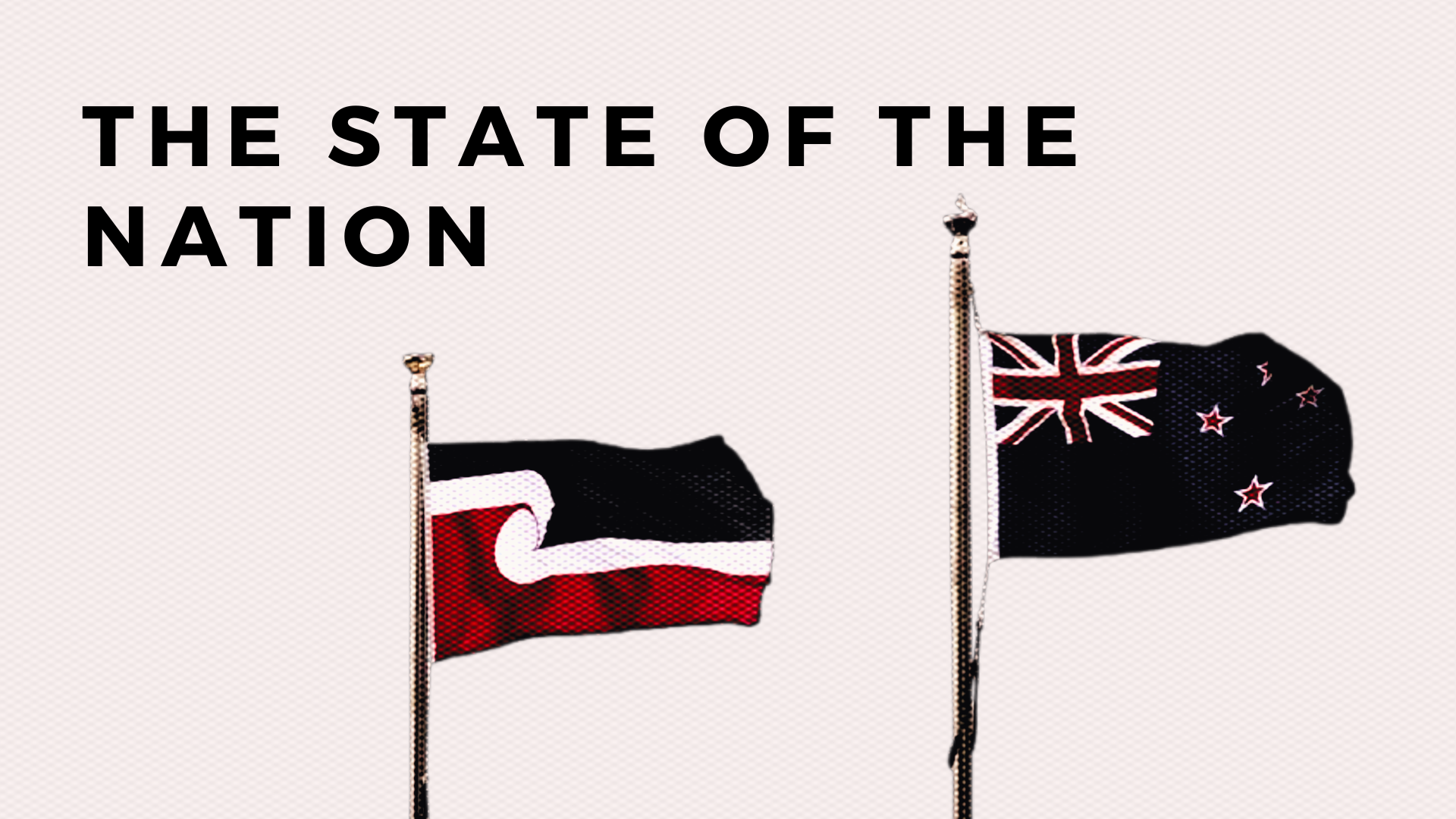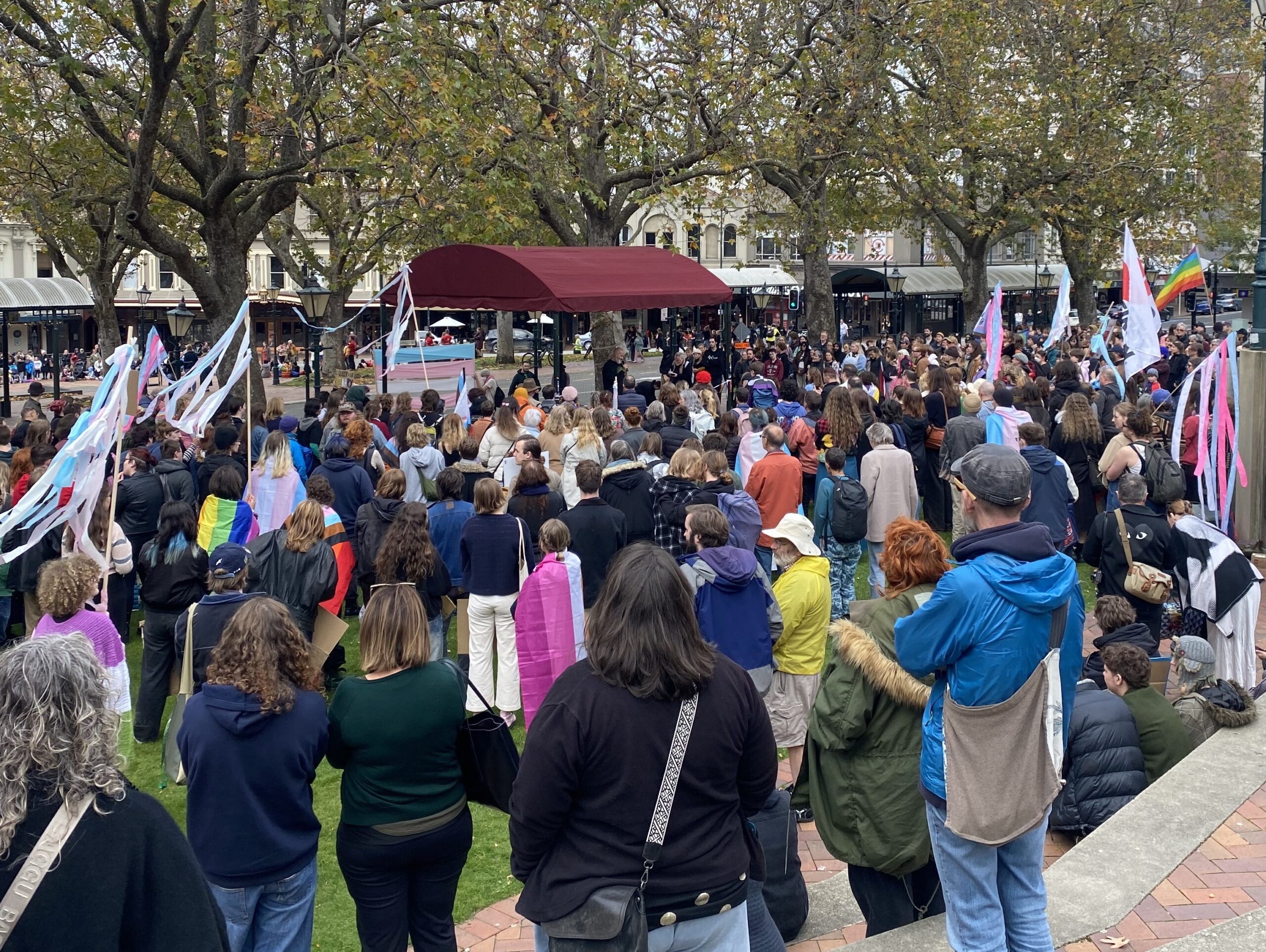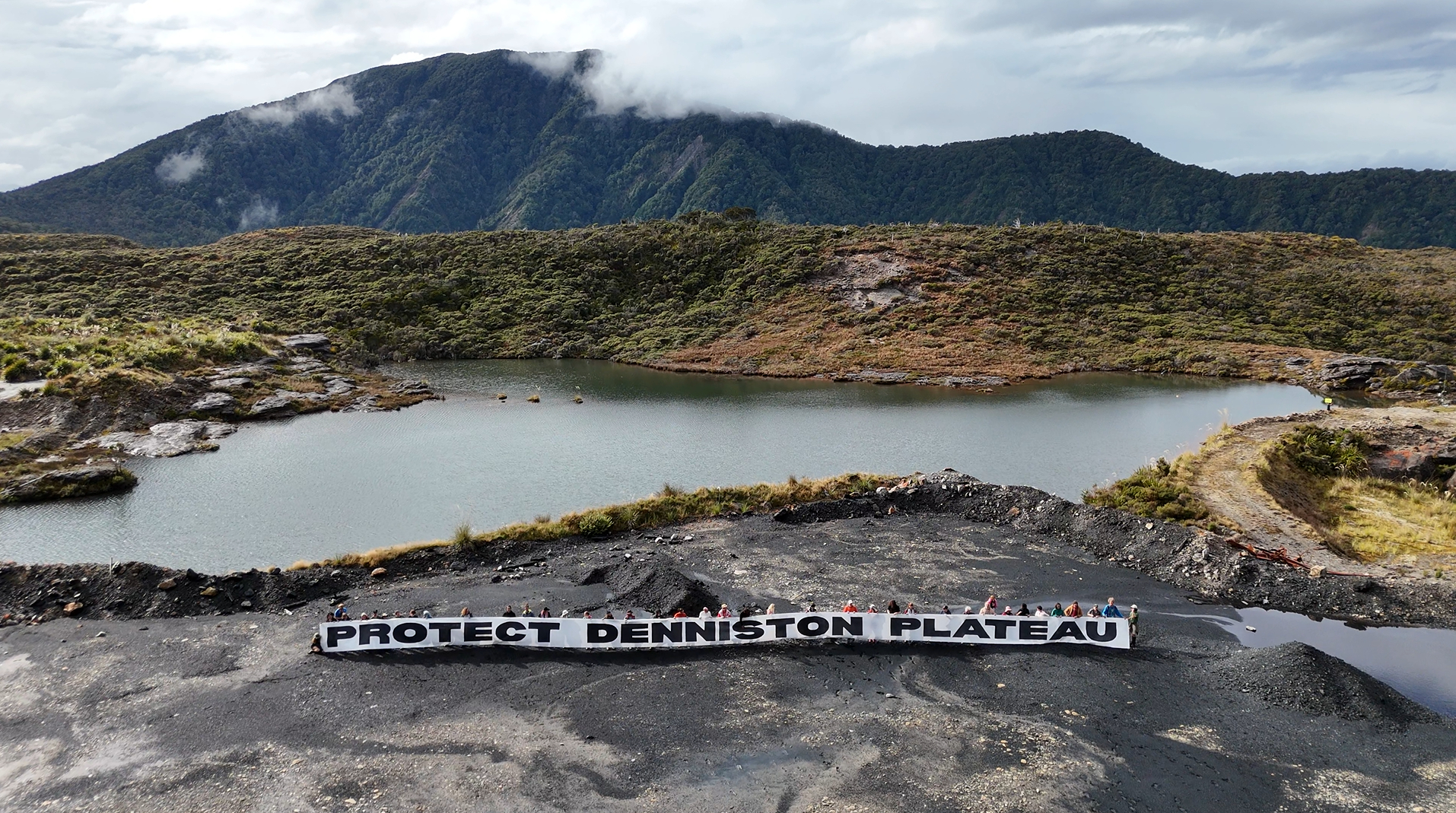One strand of the neo-liberal policy of the Key government is an anti-democratic deform of local government in an effort to inhibit the public service role of local councils. This role, inasmuch as collective provision is made for services, has a social-democratic character that has often been dubbed “municipal socialism.” Many public services are delivered by the local state, mainly at district or city level and some at regional: libraries, museums, rubbish disposal, water and wastewater, roads, paths, street lighting, support for culture and the arts, planning and regulation, parks, sports facilities, swimming pools, public transport and many more. To the right-wing parties local public services are not just “old hat” but abhorrent to their project of widening the scope for private profit. Their ideal is privatisation, but if that is not realistic their next best option is to see public services taken from direct council control and farmed out to misnamed council-controlled organisations and run on commercial lines.
One part of the right-wing attack is to do away completely with district or city level councils and transfer their functions to regional level, as has happened in the Auckland region. It is, therefore, heartening that attempts to abolish local level councils in the Hawkes Bay and Wellington regions are stumbling.
Before examining the politics of the Wellington super-city debate it is worth emphasising the context. Since coming to power in 2008 National-led governments have passed a lot of local government legislation, starting with the law to impose the so-called Auckland super-city in 2009. In 2012 the government adopted a policy programme, called Better Local Government, intended to roll out deform nationally. The necessary legislation was passed in two tranches in the form of the Local Government Act 2002 Amendment Act 2012 and the Local Government Act 2002 Amendment Act 2014. Whilst the flagship of the programme is regionalisation of councils that is not all there is to it. A range of other lower level measures have been put in place to assault local democracy.
The scope of the purpose of councils has been curtailed, partly, in the words of the government, “to clarify that councils should not try to replace services provided by the private sector.” The impact of this change has yet to be felt. It opens the door for the private sector to mount legal challenges to councils that provide more than core services.
Another change has strengthened the role of mayors at the expense of ordinary councillors. Again, it is an anti-democratic measure that has had little tangible effect so far, but it is part and parcel of the general theme if diffusing the influence of the general public on their council. Such is the contempt for democracy that councillors do not now have to attend meetings in person; they can participate by video.
The law has been changed to strengthen central government’s ability to intervene in, and ultimately take over the running of, local councils that are deemed to be underperforming or mismanaging their affairs. It is a provision that could be used to rein in any left-wing radicalism manifested by a local council.
Pressure has been put on councils to clamp down on staff numbers and pay. The new legislation encourages councils to set limits. Councils must now publish pay information, which no doubt will be used by right-wingers to sound off against council workers.
Yet another legislative change has the aim of lessening contributions paid to councils by developers. There are other measures to control council spending.
On the scale of things the above-described and other new measures are small beer and have had little immediate effect. They represent National getting all its local government ducks in a row for possible action in future. Their main objective is the abolition of the lowest tier of government, the district or city council, and its functions absorbed by unitary regional councils. To effect this radical-right programme a raft of legislative action has been taken.
The main law changes are designed to overcome public resistance to the loss of local councils. Previously council amalgamations required a majority vote in favour by the electors in each local council area concerned. Now, there is a hurdle to getting a vote at all. A petition must first be signed by 10% of electors in one of the areas. If there is a vote, for an amalgamation to succeed it only takes an overall majority across the areas concerned.
A second measure is designed to dupe the public. This is to bring about the entity of local boards (outside similar in Auckland). These new local boards are being sold to the public as a substitute for local councils. In reality local boards have no power.
To obscure the right-wing political nature of the local council abolition programme the government acts through its appointed Local Government Commission. Formally, it is the commission that is empowered to run the process, solicit amalgamation proposals, work them up and oversee implementation. Incidentally, one of the legislative changes gives the commission the power to create council-controlled organisations as part of a reorganisation.
So far the LGC has only succeeded in stirring up opposition to its schemes. Implementation of the local council abolition programme is taking longer to process than planned and is stalling.
For the Wellington region the LGC has proposed a unitary regional council to replace 9 existing local councils across the bottom of the North Island. Powerless local boards are proposed as a sop to popular democratic sensibilities. The regional council would be composed of just 22 elected representatives, replacing 104 existing council seats. The proposed electoral wards are massive, some larger than parliamentary electorates. No ordinary local person would be able to finance a candidacy for election. To be elected the favour of Fairfax Media, wealth or being bank-rolled would be needed. The scheme is designed to result in a bourgeois council that is remote from influence by local groups and communities. The radical reduction in the number of elected representatives will reduce the chances of diverse representation.
In the Wellington region it is particularly pertinent that the government hides behinds the LGC and acts out a careful pretence of neutrality. Identification of council abolitions with National would jeopardise success. National are fortunate that their policy is supported by unprincipled right-wing Labour figures. The proposer of the current regionalisation plan was the existing Greater Wellington Regional Council, chaired by Labour’s Fran Wilde. The only other existing council in favour was Porirua City Council under the influence of Labour right-wingers Ken Douglas (once a Communist and head of the CTU) and the ambitious and media-loved Nick Leggett.
However, with public opinion being overwhelmingly against, the support of even these two bodies is shaky. In February the regional council voted only 7 to 6 in favour of their own proposal. Porirua City Council wants the scheme amended to exclude the three Wairarapa councils. Centre-left Wellington City Council opposes the current scheme, but is open to more limited form of amalgamation. The only quarters that are solidly behind regionalisation are the business community and bourgeois commentators. Like the Marxist left they understand the nature of the issue, whereas Labour, the Green Party and the political centre do not.
Currently, the LGC are hearing 500 out of total of 9,400 submissions on the Wellington super-city proposal. The commission and its government sponsors are in a pickle. The level of opposition is such that the LGC may abandon their pet scheme rather than run the risk of the scheme being voted down and the status quo prevail. It is good to see not everything going National’s way.









